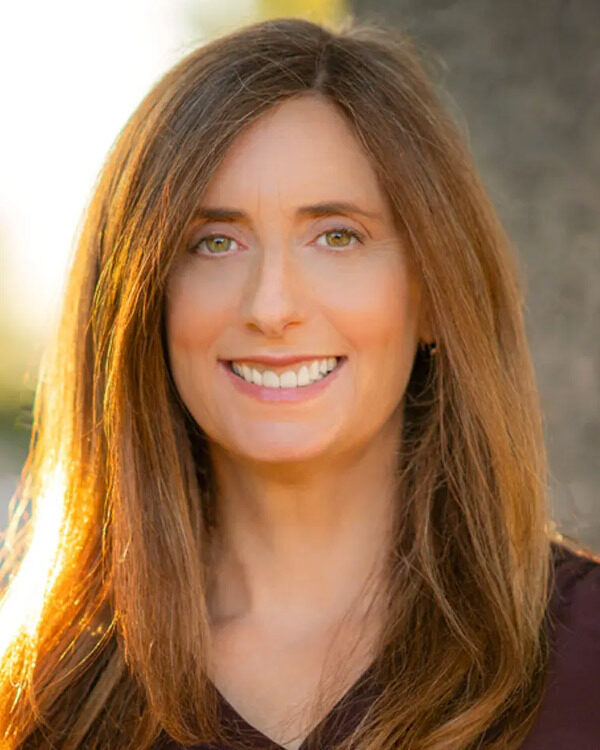The Venerable Sayadaw U Pandita—Burmese meditation teacher and abbot of Panditarama and a worldwide network of meditation centers—passed away at the age of 94 on April 16, 2016. A successor to Mahasi Sayadaw, he entered the monastery at the age of seven and became one of the world’s foremost masters of vipassanā meditation. His teachings influenced many of the senior teachers in the Insight Meditation tradition, including Joseph Goldstein and Sharon Salzberg, and I would argue that his teachings also influenced the way in which the mindfulness movement has emerged in the world.
He was venerated worldwide and never said “no” when asked to teach, whether in the US, Europe, Australia, or throughout Asia. He first taught at Insight Meditation Society (IMS) in 1984. He felt that the practice of mindfulness should be made available to people of all backgrounds and religions, and his deepest desire was to share the teachings of mindfulness to relieve suffering and help people access freedom. He continued to teach up until his death.
He was a stickler around ethics and continually taught the importance of living a non-harming, respectful, ethical life as a foundation to our meditation practice. He was also the teacher for Aung San Suu Kyi, the democratic party leader of Burma who lived under house arrest for 20 years until she was released in 2010. He would visit her regularly; some say his spiritual guidance sustained her over the years.
He was the first person to suggest to the Insight Meditation community teaching teenagers mindfulness, similar to the yearly monastic retreats he held for teenagers at his center in Myanmar (Burma). Out of this grew the teen retreats at IMS in the early 1990s, later at Spirit Rock, an effort that ultimately grew into non-profits like Inward Bound Mindfulness Education for teens. Countless young people’s lives have been impacted by his vision.
His rigorous and precise teaching style was legendary. He taught mindfulness in a kind of “boot camp” where students were asked to practice every single moment of the day, from the moment they awoke to the moment they laid their head on the pillow. His famous line was, “Did you wake up on the in-breath or the out-breath?” He expected us to sleep four hours a night so we could devote ourselves wholeheartedly to meditation every waking moment. He taught a meticulous method of noting every arising experience in our body and mind, which sharpened and refined the meditation of anyone who practiced with him. His teachings are captured in the wonderful book, In this Very Life.
He was a complicated man who did not suffer fools gladly. Many people found him abrupt, hard to connect with, and distant. Partially this may have been cultural and expected for monastics; partially, it was his personality. To me, he seemed to care less about relationships and mostly kept his eye on the ball: liberation.
I met him in 1991. Over the years I practiced with him, I found myself alternately loving, idealizing, rebelling against, and demonizing him. In 1998 I went to Burma to ordain as a nun with him for a year, which was one of the hardest and most amazing periods of my life. At times I felt loved by him—he used to call me “Princess Diana”—and at other times, he seemed not to make any connection with me at all, which was confusing and frustrating. One of the most important lessons I had to learn was to internalize his teachings and ultimately realize that, at some point, we have to become our own inner teachers. It was also clear to me many years later that he, like all great teachers, was a projection screen for me.
He was one of the pioneers of transmitting vipassanā meditation to the West, which I believe has had a profound impact on the global mindfulness movement. At this point in time, we see mindfulness in education, health care, psychology, businesses, law enforcement, and so much more. It is being scientifically researched and gaining tremendous popularity. The mindfulness techniques as he taught permeate the way mindfulness is taught in the secular world.
I tried to tell him this once a few years ago while showing him the work of our mindfulness center at UCLA and saying it existed in some part thanks to him, and he sort of brushed me off gruffly and said, a bit disparagingly, (grunt) “Western Dharma.” I’m not sure he got it. And that’s okay. Mostly he just wanted me to meditate.
At this point, while reflecting on his death, I want to share with you the tremendous gratitude I have for him. Through him, I learned to practice with utmost precision and dedication. My meditation practice was profoundly impacted by my years of practice with him. And on his retreats, I met many of my closest and dearest friends and colleagues and ultimately found my vocation. But most of all, from him, I learned an uncompromising belief in the liberating power of mindfulness.
